xiamen ZoneWu LoRaWAN Water Quality Residual Chlorine Sensor, as an innovative wireless IoT device, integrates the functions of LoRaWAN collector and chlorine transmitter. With the advanced non-membrane constant pressure sensing technology, the residual chlorine concentration in water can be accurately detected without replacing the diaphragm and adding reagents. It has a wide range of application scenarios, covering water treatment plants, swimming pools, municipal water supply systems, etc. With the key data obtained by the sensor, the water quality can be effectively guaranteed to reach the optimal safety standard.
Product Model :
LW104-CLPower Supply Mode :
Battery or External DCFrequency :
CN470/IN865/EU868/RU864/US915/AU915/ KR920/AS923-1&2&3&4MAC Version :
LoRaWAN 1.0.3Mode :
OTAA Class A/CWeight :
150gAdvanced LoRaWAN Water Quality Residual Chlorine Sensor
xiamen ZoneWu LoRaWAN Water Quality Residual Chlorine Sensor is a device that focuses on detecting the concentration of residual chlorine in water, and its detection targets include hypochlorous acid and hypochlorite. The sensor's built-in chlorine residual transmitter uses a three-electrode system, which has many advantages. It can not only output high-precision measurement data, but also has a long service life and does not need frequent calibration operations.
Xiamen ZoneWu LoRaWAN water quality conductivity sensor Features:
LoRaWAN collector can communicate with standard LoRaWAN protocol.
Collector and residual chlorine transmitter, take the aviation connector can be connected, very convenient.
When circulating water needs to automatically control dosing, this product can be used to accurately measure the residual chlorine content and control dosing.
The swimming pool should control the amount of chlorine, and use it to measure the residual chlorine content, which can make chlorine adding more accurate.
Drinking water treatment plant, drinking water distribution network, need to accurately know the residual chlorine content in the water, it can come in handy.
Hospital wastewater, swimming pool water, want to accurately measure the residual chlorine content, this product is also suitable.
Technical Parameter
|
Power Supply |
DC12/24V |
|
Weight |
150g |
|
Working Conditions |
Temperature resistance of transmitter components: 0-50 ℃ PH:4-9 Flow rate: 30-60L/h |
|
Measuring Range |
0-2mg/L,0-10mg/L,0-20mg/L |
|
Measurement Error |
±5%FS |
|
Repeatability Error |
±0.05mg/L |
|
Electrode usage cycle |
12 months |
|
Pressurization |
0.6Mpa |
|
Transmitter Line length |
Default 5m (other lengths can be customized) |
|
Frequency |
CN470/IN865/EU868/RU864/US915/AU915/ KR920/AS923-1&2&3&4 |
|
Mode |
OTAA Class A/C |
|
Reporting cycle |
5min(Default ) |
|
Communication Protocol |
LoRaWAN,LoRa TDMA Networking |
|
Equipment information (Reference) |
AppEUI:0000000000000001 DevEUI:aaaa202404150001 AppKey:00001111222233334444555566667777 MAC Version: LoRaWAN 1.0.3 |
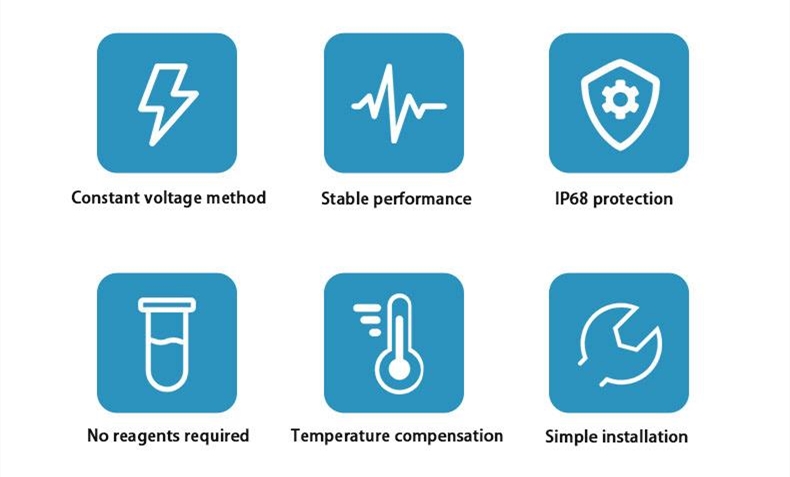
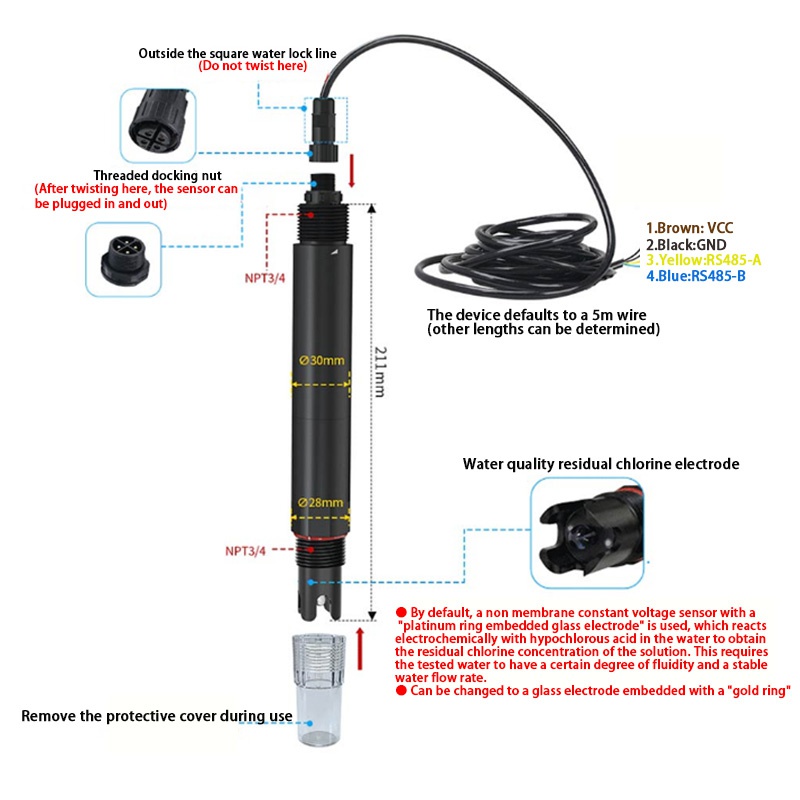
Residual Chlorine Transmitter Size and Installation
1. Submerged installation: The lead wire of the equipment is passed through the waterproof pipe, and the 3/4 thread on the top of the equipment is connected with the 3/4 thread of the waterproof pipe with raw material tape. Make sure that the top of the equipment and the equipment lines are free of water.
2. Pipe Installation: Connect to the pipe through the 3/4 thread of the device.
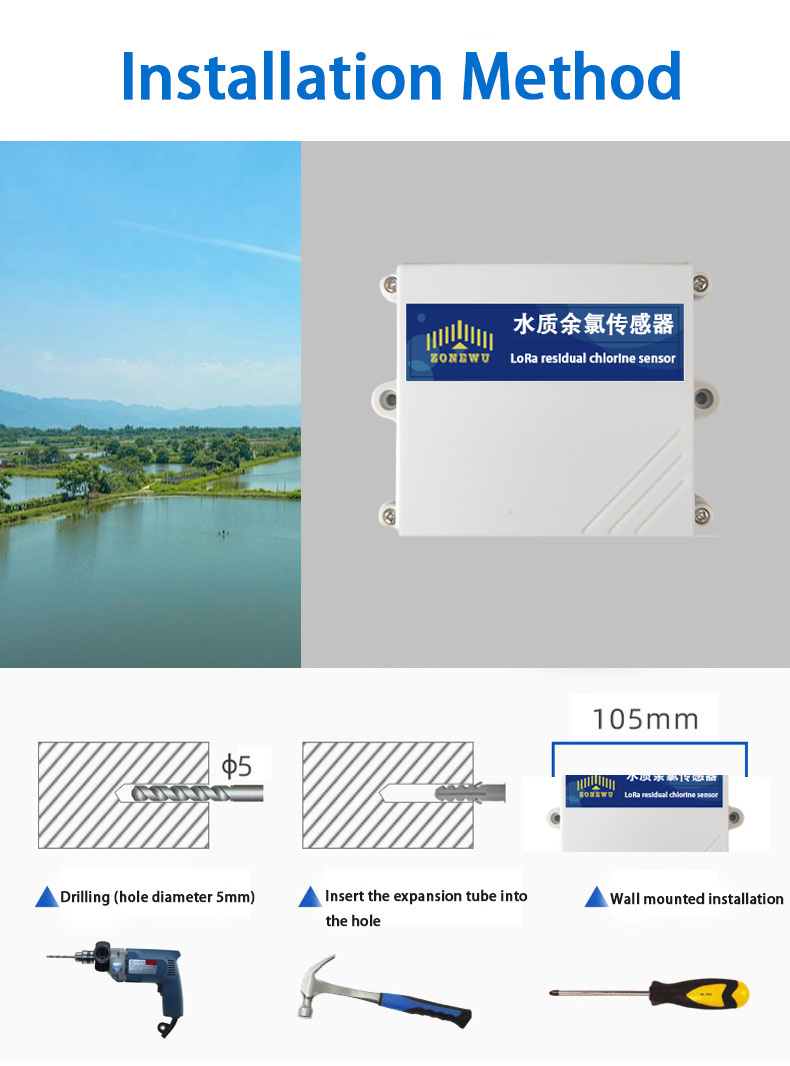
Common knowledge of residual chlorine
What is Residual Chlorine
After chlorine is added to the water, bacteria, microorganisms, and various organic and inorganic substances in the water react with the chlorine, consuming part of the chlorine and the amount of chlorine left in the water after the reaction is finished.
What is Ozone Disinfection
At present, the safest way to disinfect tap water in the world is to use ozone disinfection. But there is a big problem with this method, which is that it is too expensive and the processing cost is too high. Additionally, the water that has been sterilized with ozone should not be stored for too long; if it is stored for too long, it will not work.
What is the purpose of measuring residual chlorine
The purpose of testing the residual chlorine in water is to ensure everyone's health. When tap water first comes out of the factory, the residual chlorine in it must exceed 0.3 mg per liter, and at the end of the pipe network, the excess chlorine must also exceed 0.05 mg per liter. If the residual chlorine is too small, the end of the water pipe will easily breed bacteria, the disinfection will not achieve the desired effect, and the water will deteriorate and cannot be used. However, if there is too much chlorine, it will not be good either, because the chloride content is too high, which is also harmful to the human body.
Application Scenarios
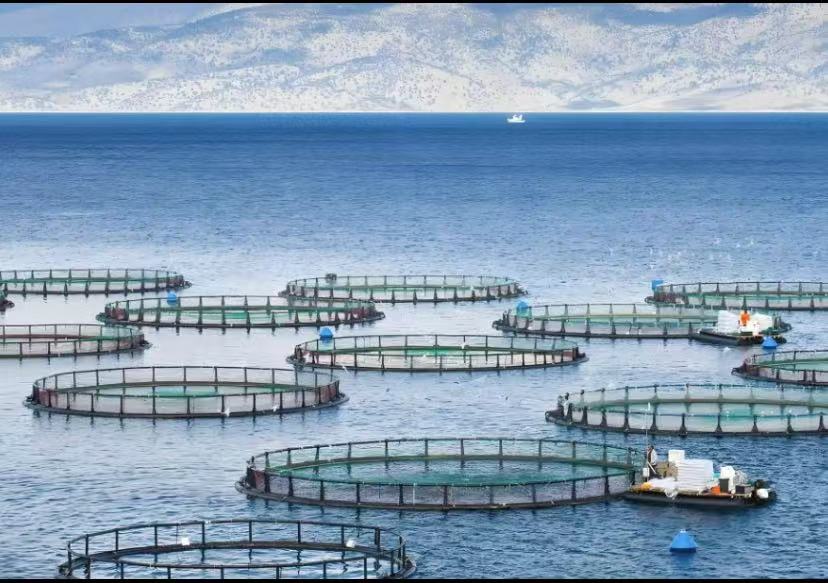
Aquaculture
Monitor the calcium ion concentration of aquaculture bodies to ensure the health of aquaculture organisms and the stability of water quality.
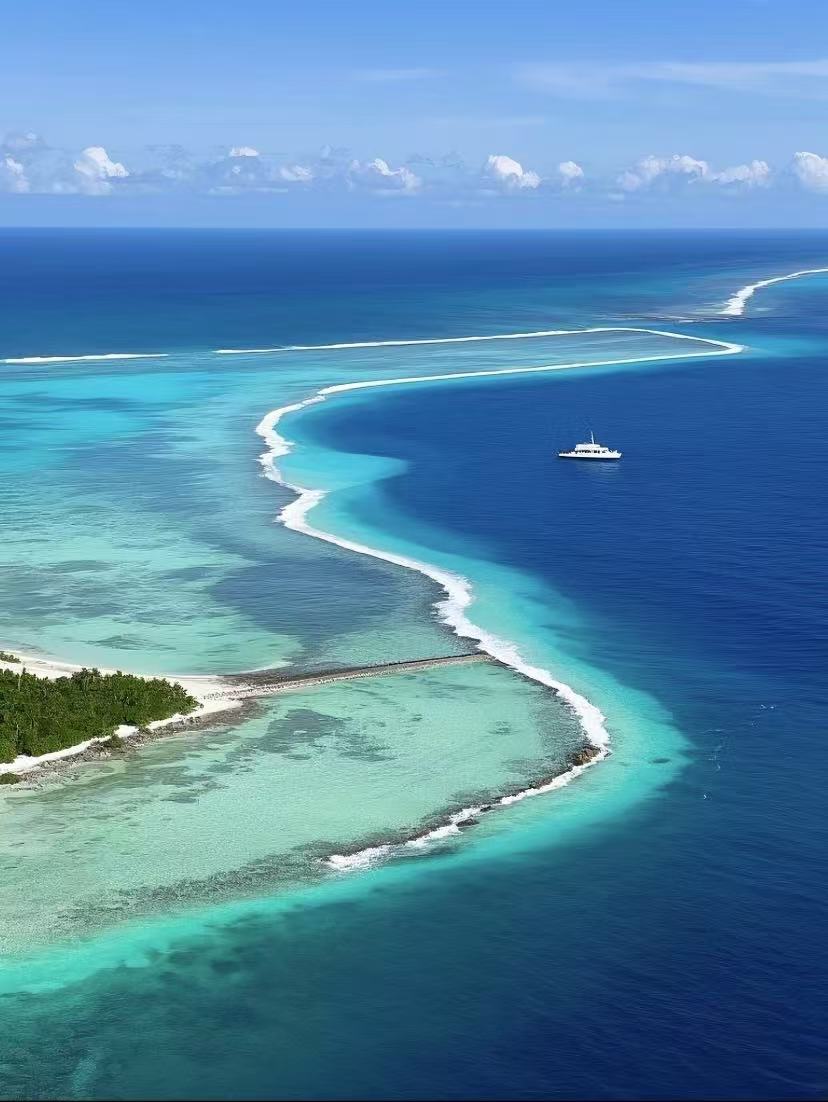
Seawater Monitoring
Monitoring the concentration of calcium ions in seawater is conducive to marine ecological research and the regulation of seawater aquaculture.
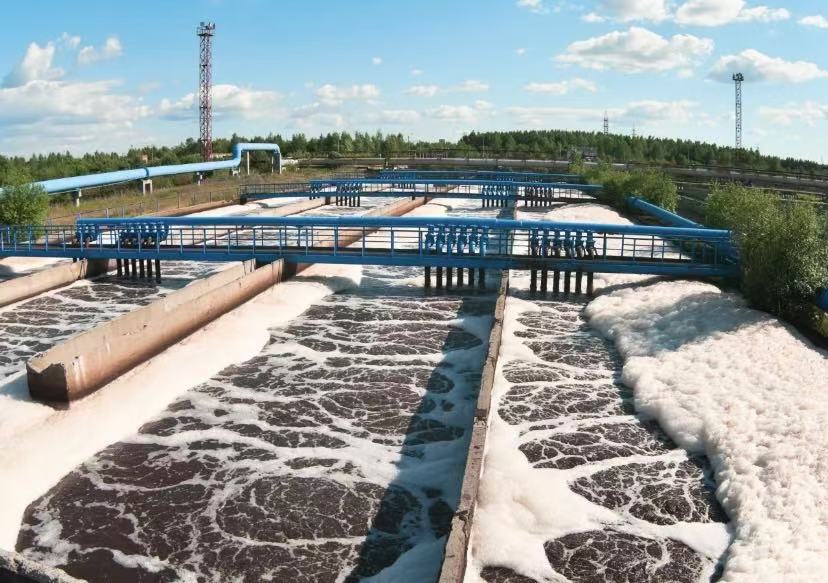
Industrial Wastewater
Monitoring the concentration of calcium ions in industrial wastewater helps with wastewater treatment and achieving compliance with discharge standards.
A:Yes,we can provide you with OEM services and design housings and logos.
3.DO you offer free samples?
A:Sorry,we don't offer free samples.After ordering in bulk,we will deduct the sample fee from the second order.
Why Choose ZONEWU